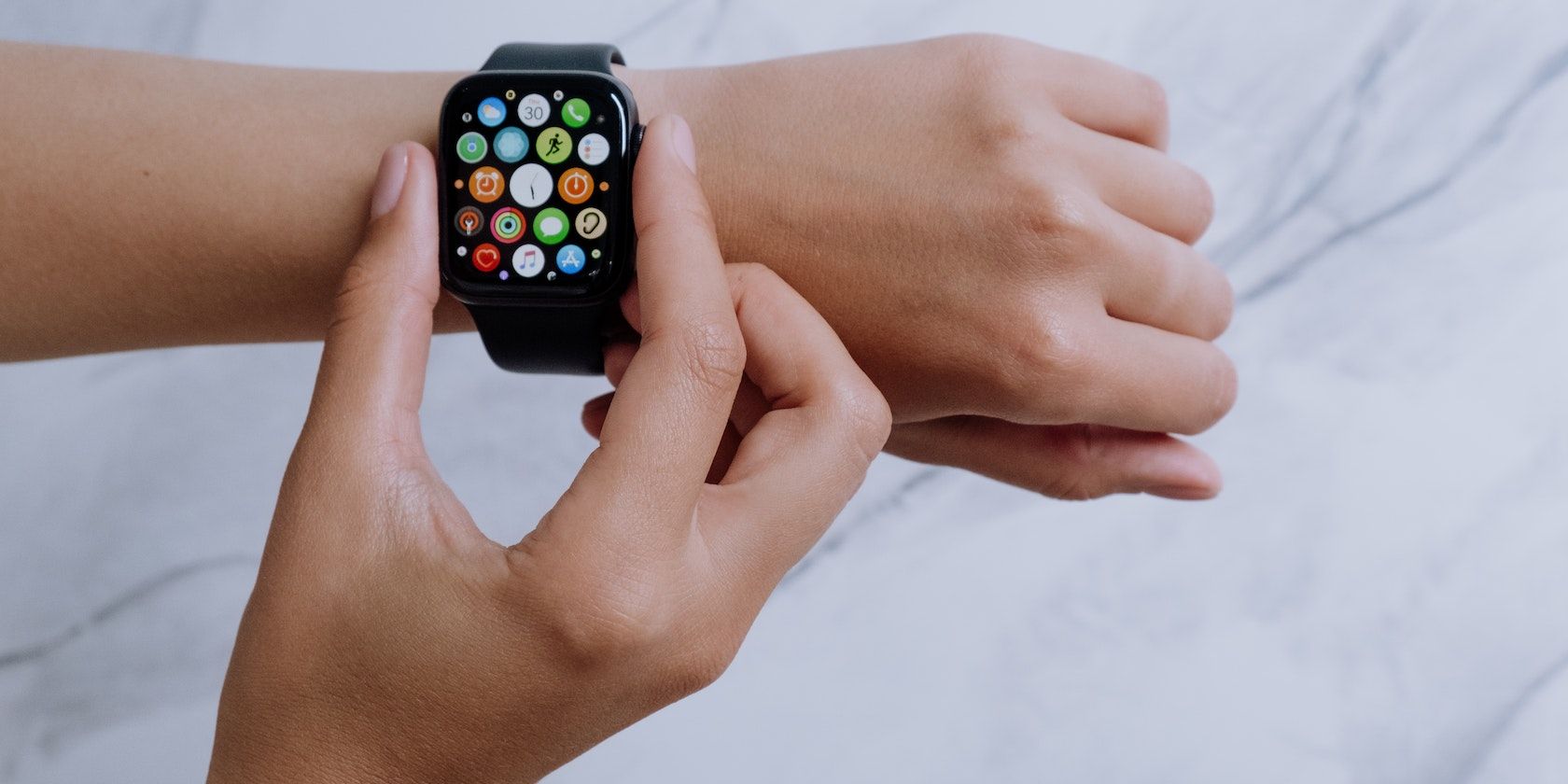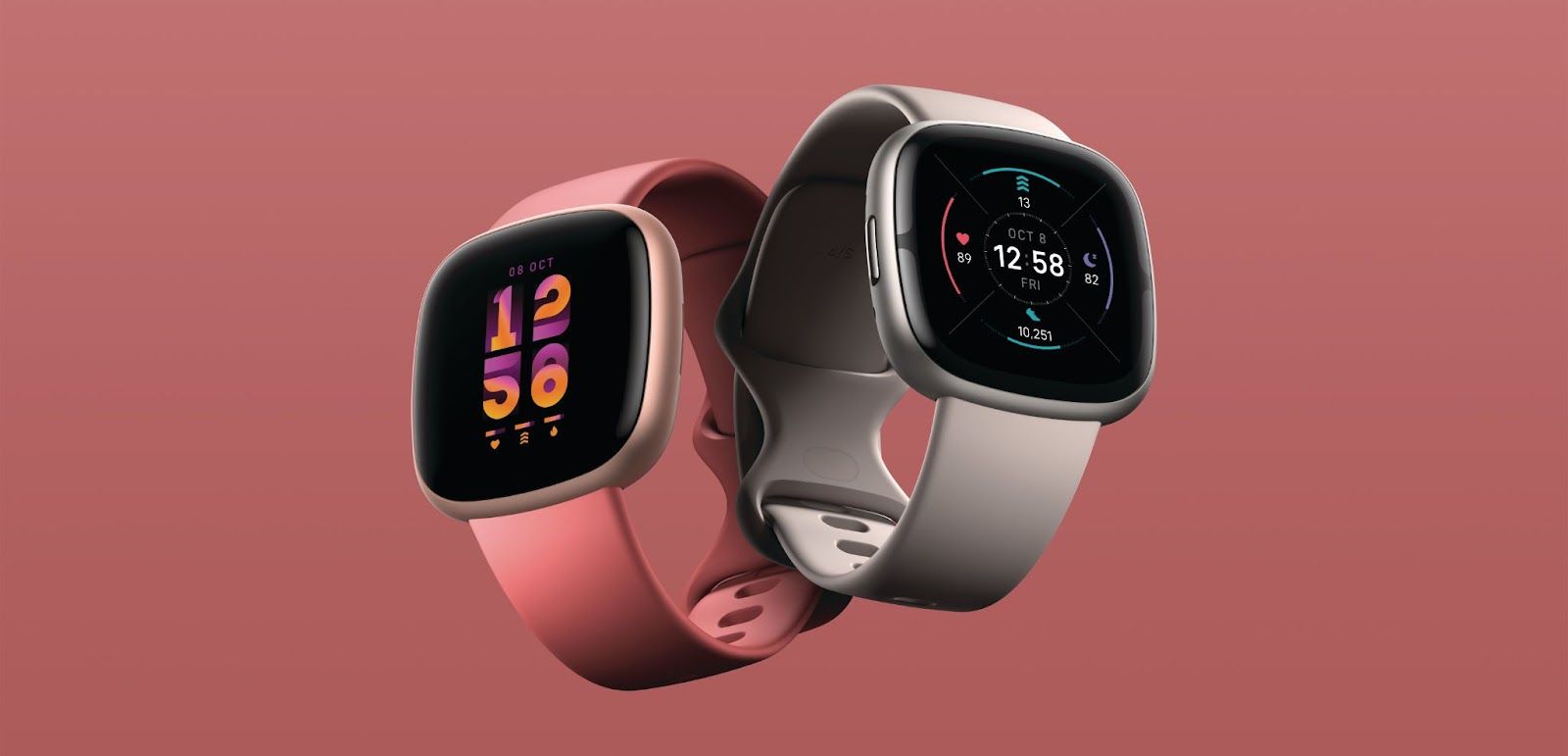Modern smartwatches and fitness trackers include a variety of sensors for measuring different metrics important in gauging your overall health and wellness. One of the common metrics measured is SpO2, which has become a must-have for smartwatches and fitness trackers. But what does a SpO2 measurement mean, and why should you care?
What Is SpO2?
SpO2 is a measure of oxygen saturation levels in your blood. It measures the amount of oxygen carried in your bloodstream by the red blood cells. The actual measurement of SpO2 is the ratio between oxygen-saturated hemoglobin to the total hemoglobin in your blood expressed as a percentage.
Generally, the higher the SpO2, the better. According to the U.S. Food and Drug Administration (FDA), 95% to 100% is a standard SpO2 level for most healthy individuals. Of course, exceptions exist depending on specific conditions.
Typically, SpO2 is measured by a particular device known as a pulse oximeter, but you can now find the same functionality on many smartwatches and fitness trackers. The critical thing to remember is that although smartwatches and fitness trackers can also measure SpO2 levels in your blood, they are less accurate than a dedicated pulse oximeter that has undergone FDA clearance.
Unless it's FDA-cleared, don't buy a fitness tracker or smartwatch for medical SpO2 monitoring; these devices should only be used for informational and general wellness purposes. Nevertheless, FDA-cleared pulse oximeters are also not 100% accurate. There's always a margin of error involved, so treat these measurements merely as estimates. Plus, many factors can affect SpO2 readings with an Apple Watch, other wearables, or a medical pulse oximeter. These factors include skin pigmentation, the thickness of your skin, skin temperature, and the use of fingernail polish.
Why Is SpO2 Measurement Important?
Your body needs a certain amount of oxygen in the blood to function normally. Lower than ideal levels of saturation (a condition known as hypoxemia) can indicate health issues that can affect your brain and heart, according to the Cleveland Clinic. Additionally, it's an indicator that your circulatory system may not be working as expected.
Hypoxemia can lead to low oxygen levels in body tissues (also known as hypoxia), which can result in rapid heart rate, anxiety, breaching difficulties, and other symptoms. Commonly, health professionals use SpO2 measurement to monitor overall health if you have a condition that affects your blood oxygen levels, like asthma or pneumonia. If you don't fall into this category, SpO2 measurement might not matter as much. In that case, you should thoroughly consider other pros and cons of fitness trackers or smartwatches to gauge if they will suit you.
It's Time to Get More Involved In Your Health
Smartwatches and fitness trackers can measure different metrics to help estimate your body's overall health and fitness. Although measurement accuracy is an industry-wide issue, don't let that deter you from hopping in on the trend.
You can check if a smartwatch is certified to measure a given metric or not by visiting the manufacturer's website. Then, use your device's SpO2 measurement features to help you better understand your overall health and fitness.


